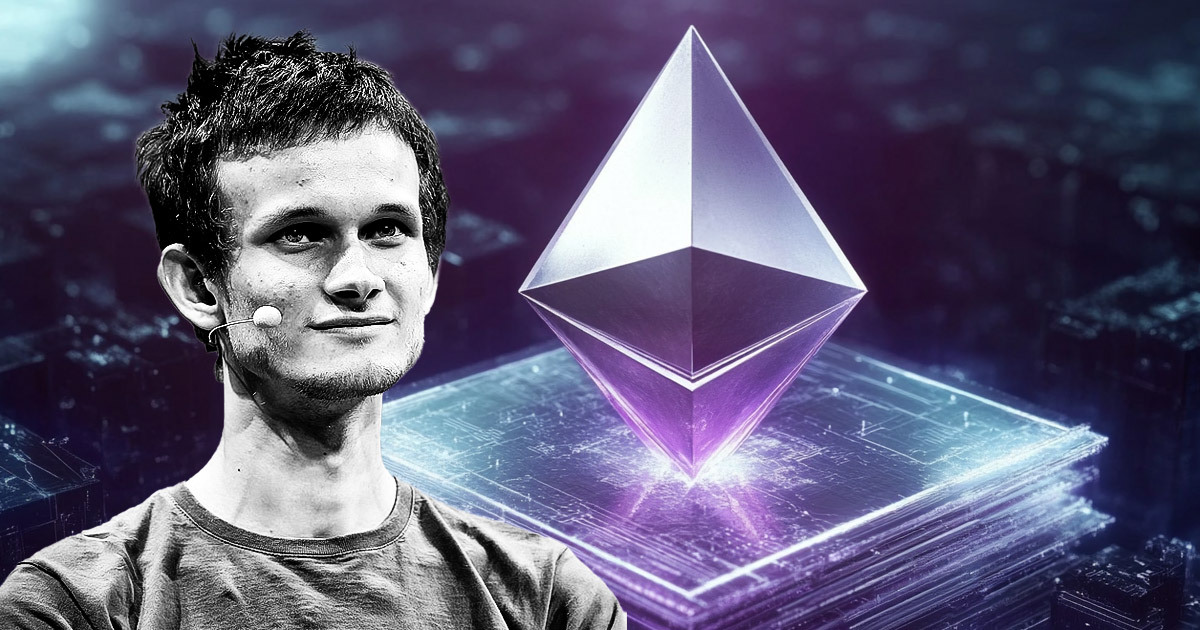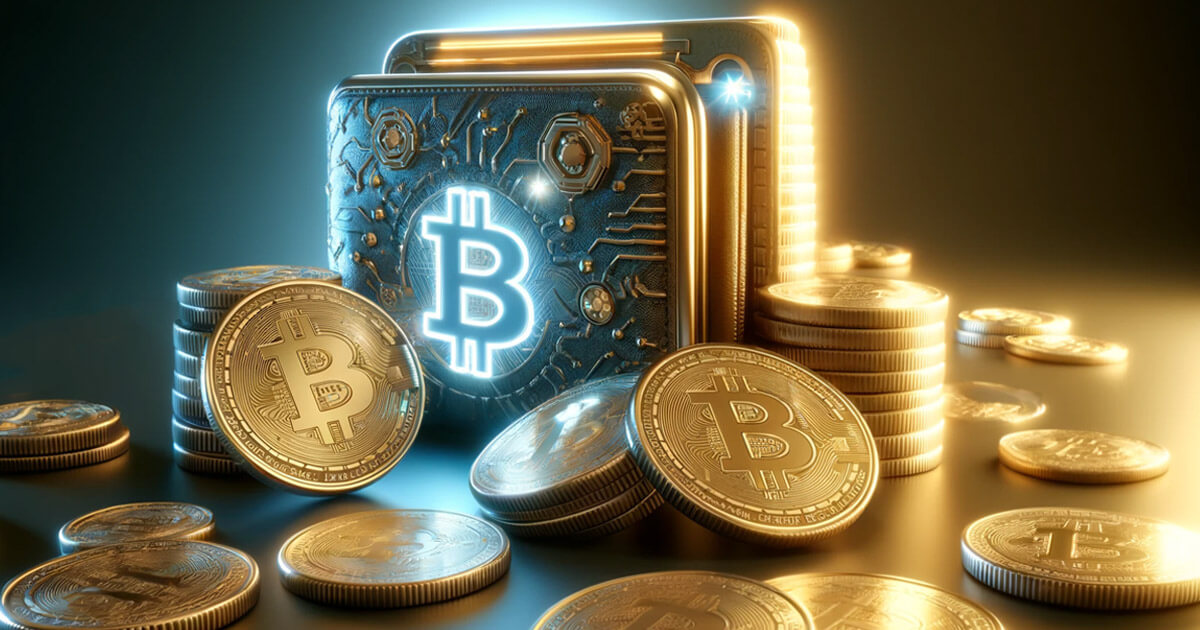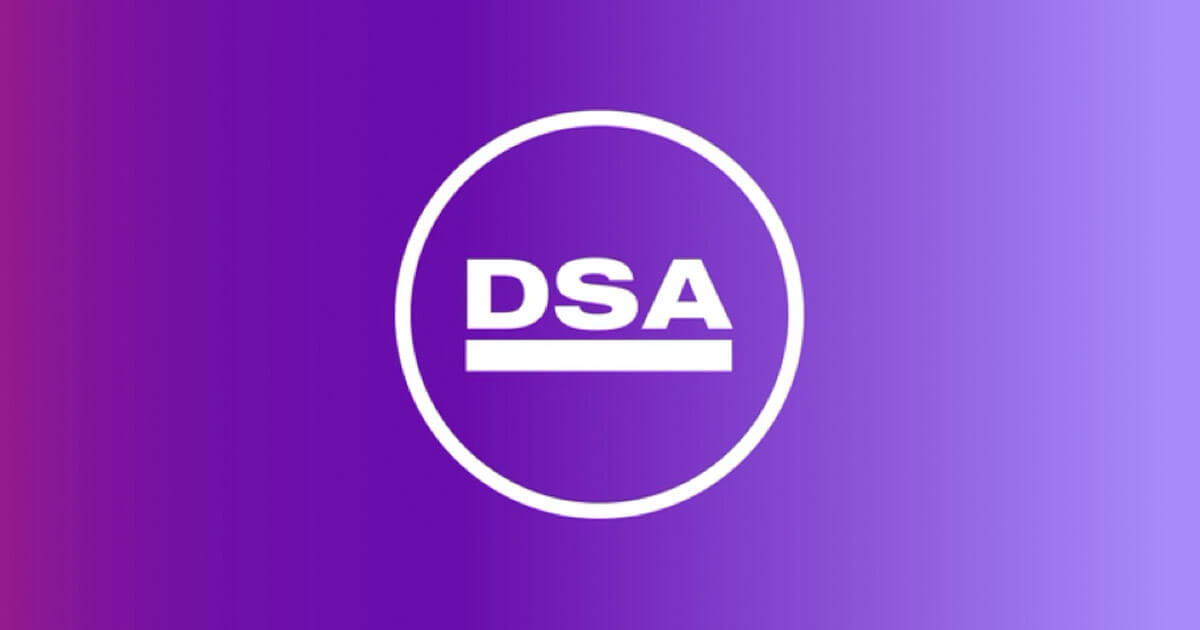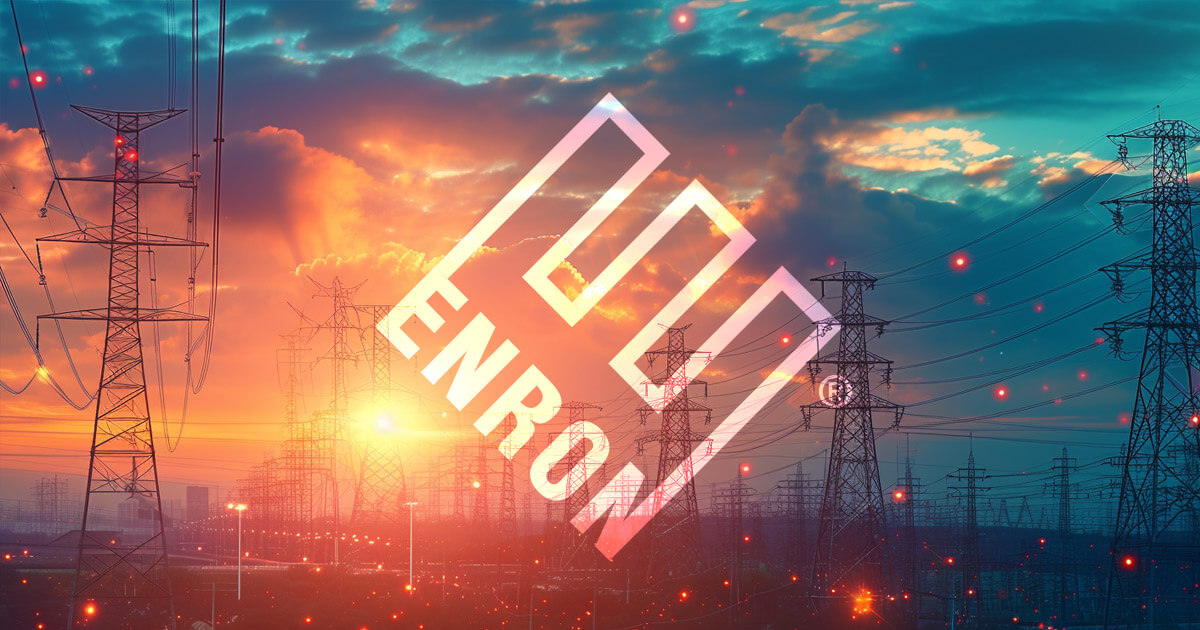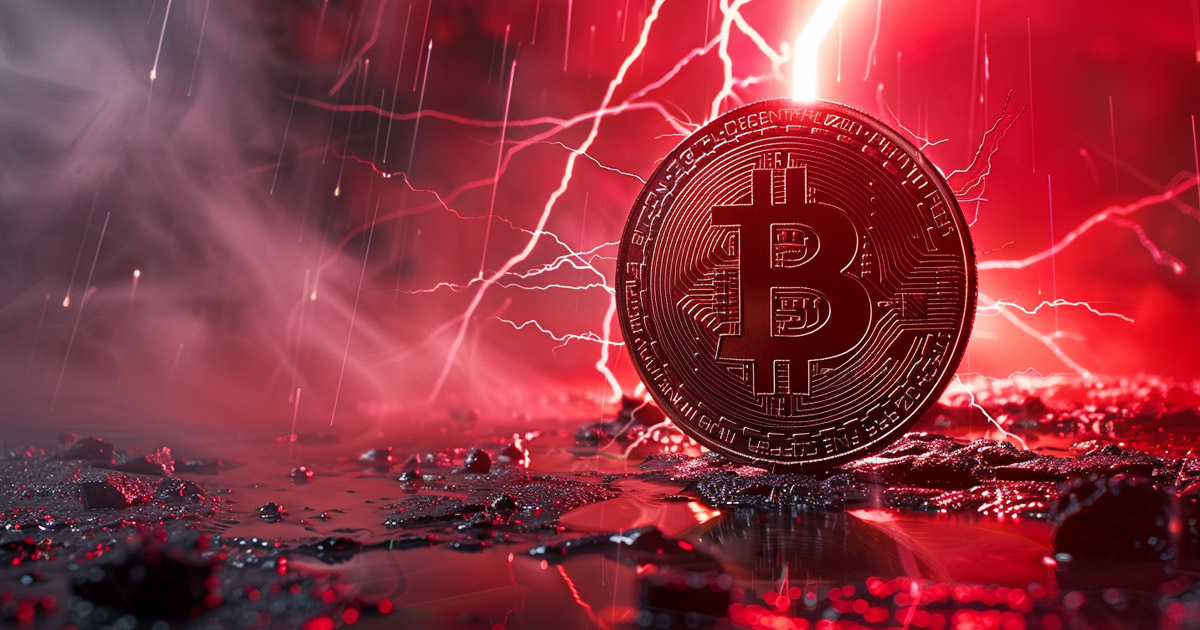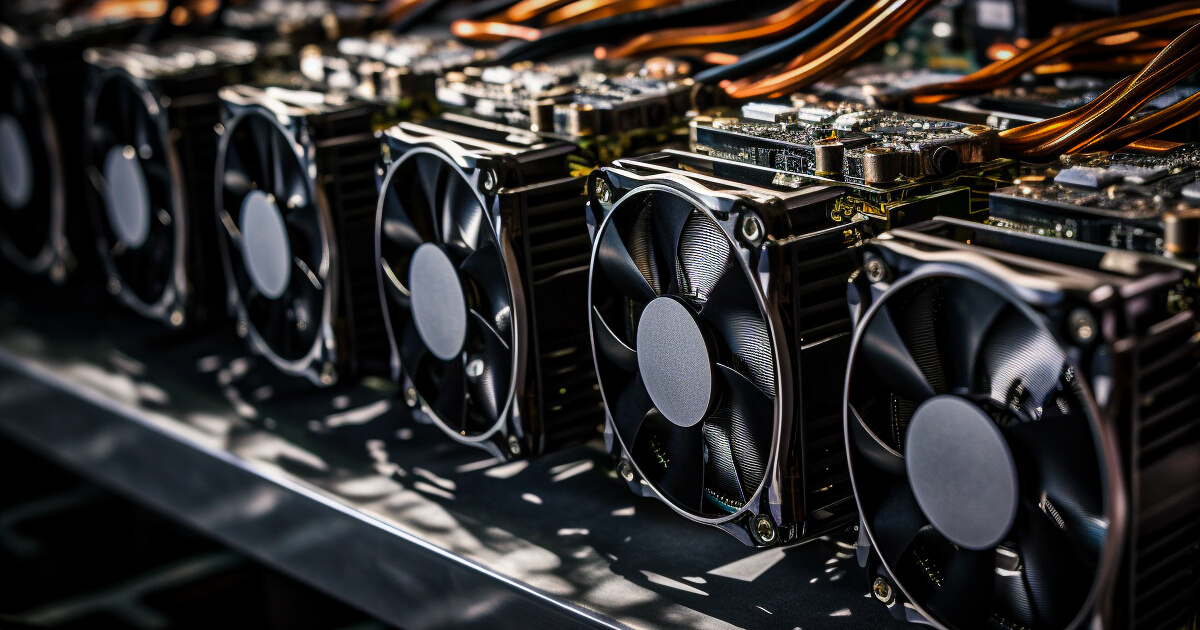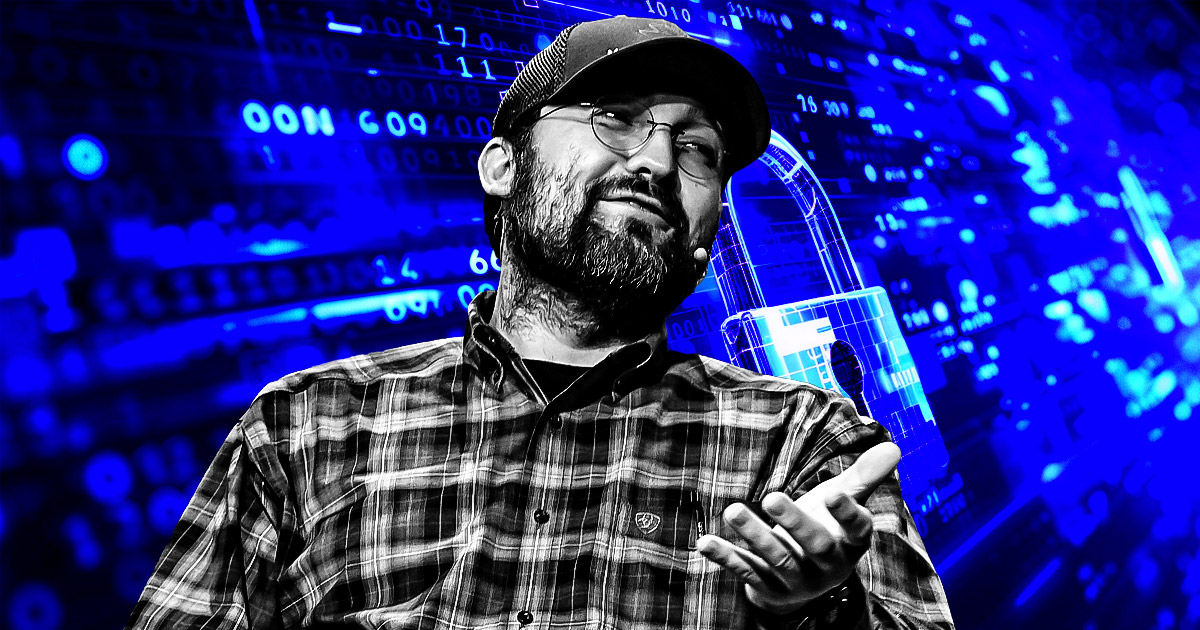 Is the altcoin market in even deeper trouble? Shane Neagle · 17 seconds ago · 5 min read
Is the altcoin market in even deeper trouble? Shane Neagle · 17 seconds ago · 5 min read
Innovative projects with real-world use cases could thrive amidst AI-driven market saturation.

Cover art/illustration via CryptoSlate. Image includes combined content which may include AI-generated content.
The following is a guest post from Shane Neagle, Editor In Chief fromThe Tokenist.
If anything can be learned from the crypto market is that if a shortcut exists, it will be taken. When digital collectibles in the form of NFTs emerged, the market was quickly saturated. In turn, speculative NFT buys on their resell potential shifted into a market rout.
Similarly with memecoins, no matter the rug pulls and pump and dumps, the allure of a quick buck on the ride up demonstrated the ruinous combination of low barrier to entry plus high hype potential.
But what about the altcoin market itself, outside of memecoins and NFTs? Is there a broader lesson, or even a threat, now that AI is an inextricable part of life? First, let’s examine what happens with NFTs as an enlightening parallel.
Oversaturation and Speculation Fatigue
Just prior to Terra (LUNA) collapse in May 2022, global NFT sales reached nearly $24 billion. The optimism was so high that JP Morgan projected $1 trillion in annual metaverse revenue within a decade. That forecast now seems completely out of place.
 By the beginning of 2025, NFT sales plummeted to just $1.5 billion. Image credit: CryptoSlam
By the beginning of 2025, NFT sales plummeted to just $1.5 billion. Image credit: CryptoSlamAlthough the cascade of bankruptcies, from Celsius to BlockFi and FTX, acted as a trigger for NFT market collapse, the writing was already on the wall. AI-powered image generators such as Stable Diffusion and DALL-E have drastically lowered the barrier to entry, opening the floodgates for derivative low-effort NFT collections.
Such AI-powered saturation drastically eroded the scarcity of collectibles, which ultimately drove down speculative PFP (profile picture) projects in favor of utility-driven NFTs and tokenized real-world assets (RWAs).
Altogether, the AI availability greatly exacerbated the underlying weakness of the NFT market – oversupply. This problem is now easy to see, as Ghibli mania is sweeping the social media space, generated by both ChatGPT and Grok.
In turn, the collapsing profit-making from NFTs induced speculation fatigue. Memecoins have mirrored this dynamic quite closely, with the help of additional AI-powered layers:
- AI bots, such as Truth Terminal, swarming social media posts with AI-generated memes and narratives to promote tokens.
- Sniper bots, such as Banana Gun, executing millisecond trades, further abusing the memecoin market by sending false demand signals.
The ultimate result of AI amplification is the creation of a market that is highly prone to bubble bursts. Consequently, repeated bursts cause exhaustion and ever-decreasing retail engagement — especially when participants are lured by hype rather than guided by sound risk management. But the question is, could this type of crypto exhaustion infect the altcoin market outside NFTs and memecoins, on a deeper level?
AI In Blockchain Coding: New Distortion Frontier
For years, it has been common to measure the underlying value of a blockchain project by developer involvement. This developer activity then serves as a signal toward prospective tokenholders. After all, if a project has few core developers, there is much greater risk the project will suffer if they leave.
In turn, there would be less effort going into bug hunting, new features, roadmap implementation and optimization. This is why many dedicated websites exist to expose this metric, tracking developer commits across different time periods.
 Ethereum still dominates developer activity across top 10 blockchain projects. Image credit: Artemis
Ethereum still dominates developer activity across top 10 blockchain projects. Image credit: ArtemisIn short, developer activity measures blockchain’s health status. As developers seek incentives, it may even reveal the blockchain’s adoption potential as their key long-term value driver.
But with AI in play, we are looking at a significant distortion potential. Over the last year, it has been widely accepted that AI models, alongside image generation, are at their best when it comes to coding. Specifically, Anthropic’s Claude 3.7 has been well received as a coding multiplier, capable of replacing junior software engineers.
This opens an entirely new landscape in which few senior developers can leverage their AI underlings to:
- Generate smart contracts, from ERC-20 to BEP-20.
- Craft tokenomics, whitepapers and even roadmaps.
- Clone existing projects that are open-source, implementing a few tweaks.
And just as it happened with NFTs and memecoins, the lower the barrier to entry, the higher the oversupply potential. AI keeps lowering that barrier to entry, with the capacity for a full blockchain project pipeline, from smart contract code to social media boost.
It may even be the case that AI could fabricate smart contract audits by generating false confidence. When it comes to developer activity metric, AI tools can easily distort it with auto-generated commits and pull requests, or even fake GitHub accounts that generate minor and frequent updates.
Consequently, as new tokens come in the spotlight, it will be more difficult to assess its true value and health.
The Bright Side of AI-Powered Token Generation
Even in the early stage, AI models are becoming replacement-worthy when it comes to coding. This opens the door for churning out tokens with minimal effort, once again repeating the NFT-like cycle of flooding the market with low-utility tokens.
This will inevitably cause more exhaustion and disillusionment with the crypto space, as it will be more difficult to filter AI noise. By the same token, there will be advantages:
- Bitcoin will be further fortified as a unique cryptocurrency that relies on real world assets (energy, hardware) via proof-of-work algorithm. As such, Bitcoin will serve as the anchor for the wider altcoin market.
- Projects relying on AI code generation will result in more forks and zombie chains, but this rapid decay in activity will boost pre-AI legacy chains.
- Projects with real-world use cases will continue to gain traction.
Ultimately, AI cannot sustainably fake adoption. Rather, AI will serve as a filtering mechanism to purge weak projects.
Unfortunately, memecoin activity over the last few years clearly shows that people seek out early opportunities in hopes of getting the coveted 10x profit lock-in. This is not an investor mindset but a quick buck mindset. Therefore, this driver will maintain incentives to use AI for crypto project generation for no other purpose than to extract wealth.
Yet, in the opposite direction, blockchain projects will also provide solutions. Case in point, OriginTrail (TRAC) project is leveraging Decentralized Knowledge Graph (DKG) to ensure verifiability of information used by AI.
“Even abusing social networks for political manipulations may look minuscule compared to a lack of trust in solutions to which we are “outsourcing” our cognition. Systems that we would trust to process large amounts of knowledge and provide us inputs for our actions or even perform certain actions autonomously, have the highest possible requirements for transparency and verifiability.”
Trace Labs whitepaper Verifiable Internet for Artificial Intelligence: The Convergence of Crypto, Internet and AI
Long-term, it would be prudent to expect further erosion of trust in the altcoin market. After all, it is likely that mass-produced, unaudited contracts will lead to not just rug pulls, but costly hacks. Onchain reputation efforts from Karma3Labs may help, but it is unclear if such innovative solutions could move beyond niche adoption.






















